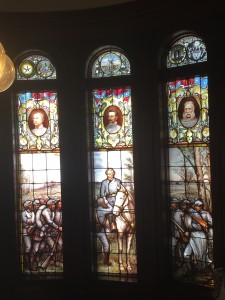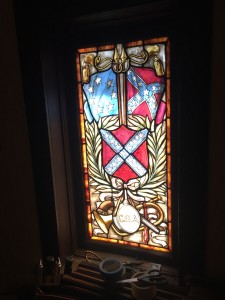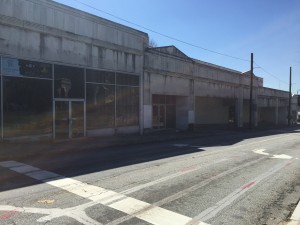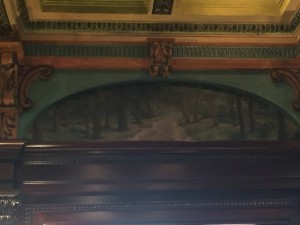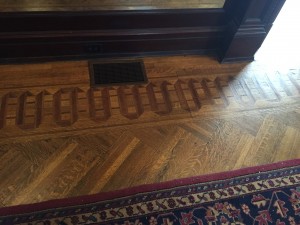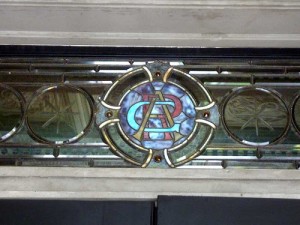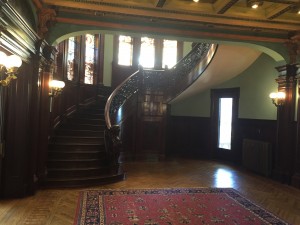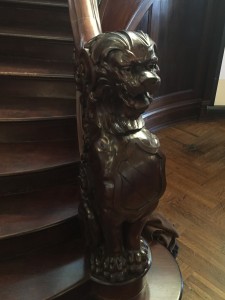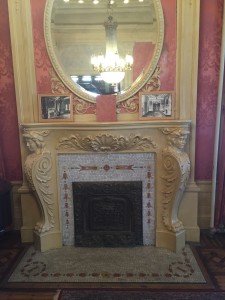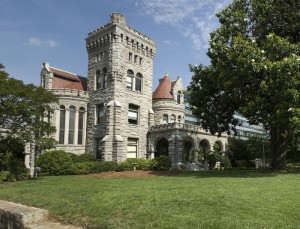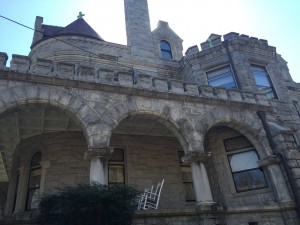This article describes an activity called “Color Walking”. The two authors, Phia Bennin and Brendan McMullan, credit the author William Burroughs with the creation of the concept in order to help his students to better analyze the world around them. This added an interesting new side to the article because, while I haven’t read any of Burroughs’ works, I have been reading a lot of Jack Kerouac lately and Burroughs was a major player in the beat poet scene and plays a large part in On The Road . Kerouac even describes him as the “greatest satirical writer since Jonathan Swift“. The basic idea behind a color walk is to set aside a period of time and walk down the street looking for everything of a specific color and follow these things wherever they lead you. The things themselves could be anything; cars, clothing, buildings, etc.. to better allow participants to stay engage, the article suggest that one switch the color they’re searching for periodically when the one that they’re using becomes stale. The purpose of this article, as I interpreted it, was not to describe the activity in detail or analyze it but to give a brief description and set of instructions so that the readers can try it out for themselves. I almost saw it more as a manual than an article. The instructions given for a Color Walk are as follows:
- Give yourself an hour of uninterrupted time, no commutes, no errands, just eye time.
- Pick a color, or let a color pick you–follow the one that makes your heart go thump-thump.
- If you get lost, pick another color. If you get really lost, you’re on the right track.
As for the effectiveness of this article, I was originally a bit conflicted on the style used here. It seemed on my first read-through that the piece was lacking in depth and analysis: the authors could have elaborated more in detail on their own color walk or how this technique could be used to discover new things about an area. but after that, it occurred to me that the brevity of this article was intentional. by not stretching the passage, it appears that they were trying to leave the majority of the experience up to the interpretation of the reader. This choice adds tremendously to the ways in which a color walk can be approached and applied to the real world and, in my opinion, makes the piece much more effective. Overall, I feel that this column would be helpful for anyone looking for a new and more interpretive way to inspect the built environment or just for an interesting way to spend some free time.





